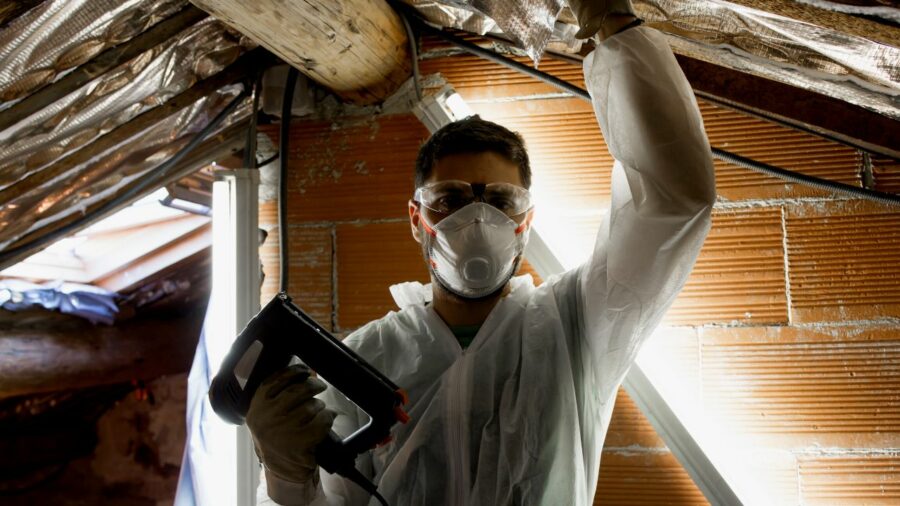The thermal efficiency of your home helps you save money on heating bills, is good for the environment, and keeps you warm during cold months. The R-Value, or maximum thermodynamic performance of insulation, is determined by the kind of insulation used and how it has been placed. However, when it comes to selecting the best insulation for your home, there can be a lot of options.
What Is The Best Home Insulation?
Newly constructed homes frequently include modern insulation methods. But retrofitting is often required in older structures.
Some types of insulation are not be feasible in retrofitting, such as polystyrene sheets. Fortunately, there are a variety of cost-effective and simple-to-do alternatives available. These are available from numerous suppliers like ADA Fastfix.
Ceilings and Walls: Dry lining is one of the most popular techniques for adding thermal insulation to walls and ceilings. Dry lining materials are reasonably priced, and installation is simple. Plasterboard walls are built by laying boards on the interior. These plasterboards may be installed using insulation fixings, making them easy for plasterers and novices.
Roofs and Lofts: It’s worth noting that you may use batting or wool rolls to insulate your loft. They’re both environmentally responsible and provide numerous insulation advantages. Wool is ideal for absorbing sound while keeping your house warm and cosy. It won’t burn, so it’s safe to store in the loft without constant attention.
Another popular option for adding insulating layers to your home is spray foam. Spray foams, while not the most environmentally friendly product, are highly efficient, easy to install (when done correctly), and adaptable. They are, on the other hand, challenging to apply and remove. It’s worth paying a professional to ensure the work is done correctly.
How Do You Recognise If Your House Is Well-Insulated?
There are a few simple methods to determine whether your home is efficiently insulated. Following your heating expenses is a great place to begin. To see how your energy costs compare, look at the average of similar-sized residences.
Another method to see whether your home is well-insulated is to feel how you feel. Do cold drafts or winds enter through shut windows and doors? If that’s the case, you may want to increase your insulation efforts.
Is It Possible To Over-Insulate Your Home?
What is the maximum amount of insulation that a home should have? Surprisingly, it’s possible to over insulate your house, although this is quite unusual. There is a certain point where too much insulation may be financially and environmentally harmful.
Conclusion
There are many sorts of insulation available for homes, all with the goal of keeping you warm. Your home’s construction and budget will determine the insulation options available. In general, dry lining and wool insulation keep costs low.
